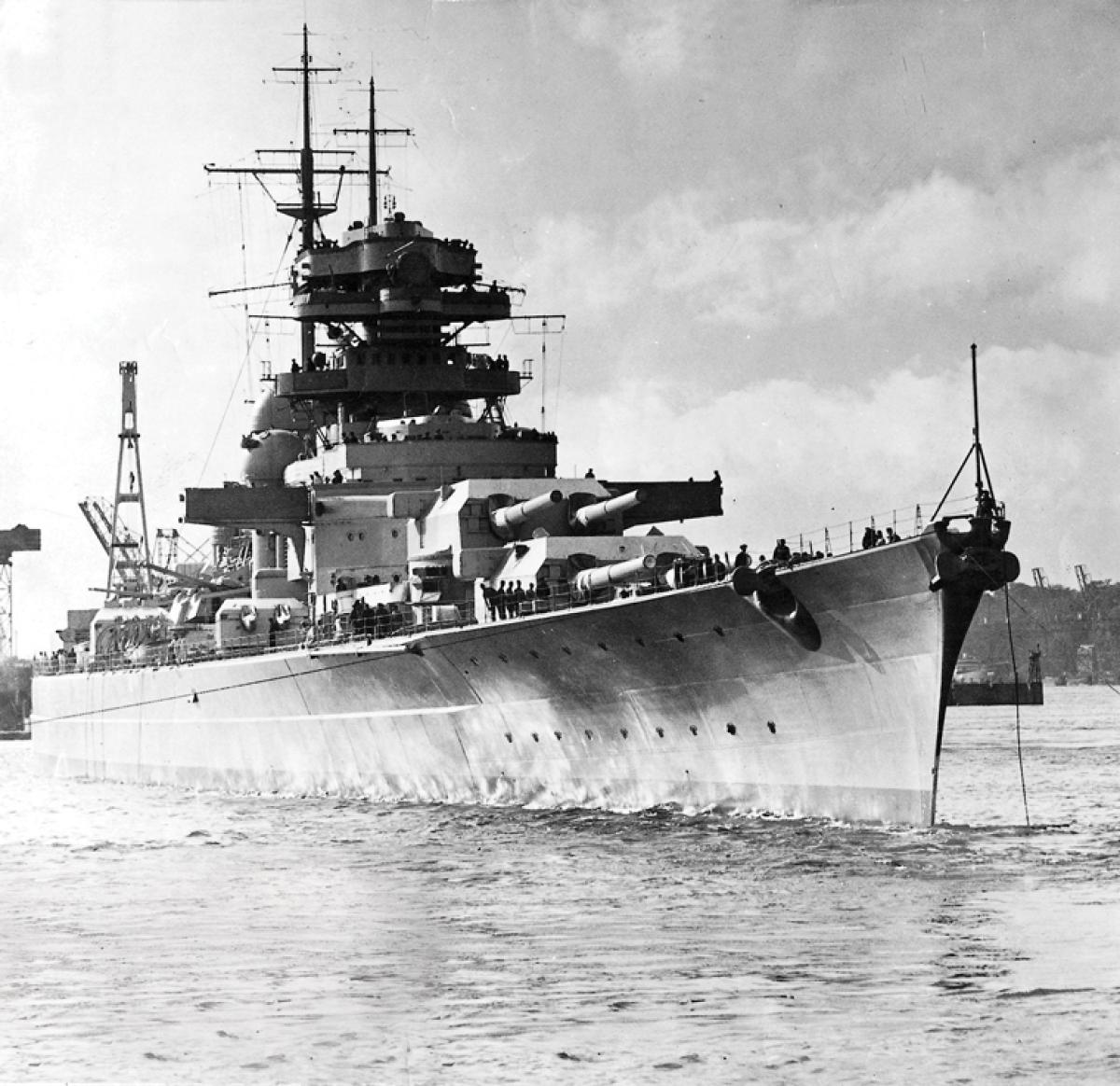
WEIGHT: 57 kg
Breast: C
1 HOUR:80$
Overnight: +60$
Services: BDSM, Spanking, Tantric, Blow ride, Sex lesbian
The German battleship Bismarck and her sister-ship Tirpitz were the largest warships of their type to be constructed in Europe. By all standards, theirs was a very conservative design based on the arrangement of the Baden and Bayern of World War I, with the exception that the modern ships were more heavily protected, with improved grades of armor steel and had more speed.
The mm guns were of a new and more powerful model, designed for use in close range actions in the North Sea with French or British opponents. The Bismarck , the subject of this study, had the characteristics listed in Table I. These ships featured a three-shaft propulsion plant which was subdivided into separate engine and fire room complexes by an arrangement of longitudinal and transverse bulkheads similar to that of the Baden and Bayern of World War I.

This is why many consider the Bismarck and Tirpitz to be copies of these ships. The propulsion arrangement resulted in a large beam and a relatively substantial GM of This large metacentric height, as compared to that of contemporary battleships Table 2 , was a function of the ample stability and low silhouette desired by the Germans.
Fitting a centerline shaft and the requisite sized propellers for the metric horsepower of , required a much different stem form than was used in World War I German battleship designs. The stem at the centerline had to be configured to give sufficient tip clearance to the large centerline propeller so as to avoid troublesome vibration. This resulted in a loss of underwater lateral area at the stem and a shift of the lateral center of effort forward, which created problems with directional stability.

Locating the rudders midway between the centerline and wing propellers meant that the center to center distance of the rudders was considerably smaller than it would have been in a quadruple-propeller arrangement with the rudders positioned between the propellers on either side. It would appear that the triple-screw arrangement chosen by the German naval constructors resulted in an approximate one-third loss of turning power when compared to a quadruple-screw ship of the same power.





































